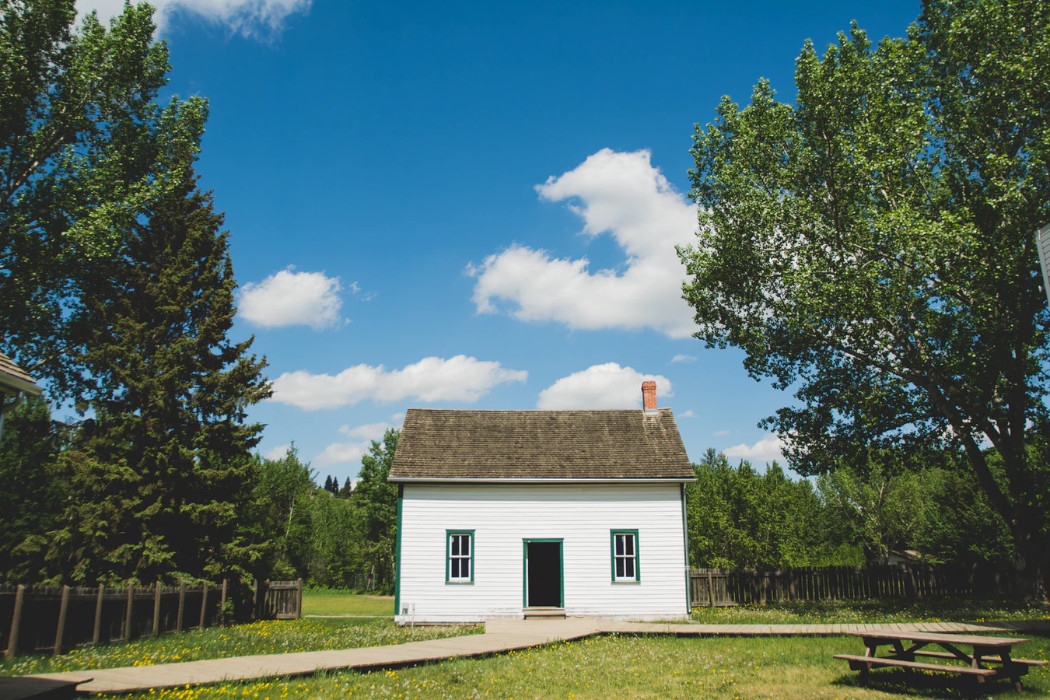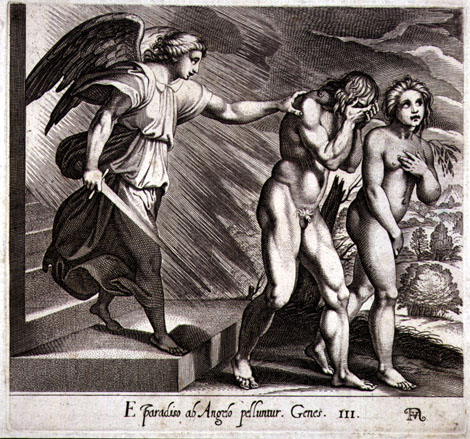‘Boy at the Window’ is a short but delightful poem by the poet Richard Wilbur. The poem has two characters: a boy and a snowman. As the boy gazes at the snowman from his window, the poet discusses what each of them feels. The poem has two stanzas; in the first stanza, the poet delves into the mind of the boy, and narrates the poem from his perspective; in the second stanza, the poet expounds on the feelings and reactions of the snowman as he sees the boy at the window. This is a summary of the poem and to some extent, a discussion on it.
Stanza 1:
A boy looks out of his window and sees a snowman standing outside his house, all by itself. It is twilight and the weather is cold. Seeing the snowman all alone in the cold and approaching dark, makes the boy feel extremely sad. The night is going to be windy, and the ever increasing sound of the wind makes the boy feel so miserable about the snowman that he gets teary eyed. For the boy knows that the snowman will have to face the fury of the wind all night long. The ‘gnashing’ and the ‘enormous moan’ possibly refer to the sounds the wind makes as it blows through various structures, such as houses and trees. . However with the said expressions, the poet manages to portray the wind as some enormous monster. It may also be that in the boy’s mind, the wind is like a huge monster the ravages the world outside. Hence the poet uses ‘gnashing’ and ‘enormous moan’ to reflect the boy’s perception of the furious wind. The boy weeps at the thought of the snowman having to face this monster-like wind all alone in the cold and dark.
His eyes are teary out of the tremendous empathy he feels for the snowman. He is unable to look at the snowman since the sight of it, stings his heart with sorrow, and perhaps a little guilt. The guilt comes from the fact that he –the boy-is in the comfortable confines of his own house untouched by the cold while the snowman is in the freezing outdoors. Another way of looking at it is this: Since the snowman is outside the boy’s house, it might be assumed with some degree of accuracy that the boy was involved— maybe alone, maybe with others——in the making of the snowman. Now, he is inside the house, but his creation has to remain outside in the cold and dark. This causes to awaken in him a sense of abandoning or betraying his creation. Hence he is embarrassed and consequently finds it difficult to look at the snowman.
But when he finally does look at the snowman, it seems to be giving him a look of sadness, reproach and longing. The ‘bitumen eyes’ refer to the pieces of coal that constitute the eyes of the snowman.
According to the mythology of Abrahamic religions, Adam was the first man created by God. He was placed in the Garden of Eden, a beautiful garden where food was plentiful. God told him that he was free to eat the fruit of any tree, but not the fruit of the tree of the knowledge of good and evil. However, Adam ate the fruit from the tree and was hence banished from the Garden of Eden. He is the ‘outcast’ Adam the poet is talking about. The boy at the window imagines in the snowman’s eyes, the same longing with which Adam gazed towards the Garden of Eden, which has been referred here as paradise. To the boy, the interior of his house must seem nothing short of paradise as compared to the freezing outdoors. Hence he feels that the snowman is giving him a ‘God forsaken’ stare. As if the boy had banished the snowman from his home, just like God had banished Adam from paradise,.
Stanza 2:
Now the readers are told the feelings of the snowman. It is perfectly satisfied in its present surroundings. After all, what better place for a snowman than the freezing outdoors? It has absolutely no desire to be inside the house for the snowman knows very well that if it enters the warm indoors, it will simply be a matter of time before it reduces to a puddle on the floor. Nonetheless, the snowman is touched to see the boy in tears, out of his concern. And although the snowman is composed of frozen water, it is so touched that it somehow manages to melt sufficient water to create a tiny trickle from one eye. The poet calls this a ‘trickle of the purest rain’ since tears are a result of powerful and pure emotional moments. In this case it is a moving acknowledgement by the snowman to the boy’s innocent and genuine distress. The purity of this compelling emotional moment reinforces and justifies the poet referring to tears as ‘the purest rain’.
In the last two lines, the poet creates a simple yet beautiful image of the boy standing at the window surrounded by light from his house. The boy is surrounded by warmth, light, love and fear. This can be understood in two ways. One way of looking at it is this: the warmth, light and love may refer to the literal warmth and illumination inside the house, the love may refer to the love of his family that surrounds him. Perhaps the warmth is also to the warmth of his family.
But this line of thought is checked at the word ‘fear’. Is the boy surrounded by fear the source of which may be inside the house, or is it the fear for the snowman’s fate. After reading the poem it must be the latter. Hence let us examine the last line in another way.
Imagine the boy standing at the window. In the background we can see an illuminated room, in all probability comfortably warm. Will it not seem to the poetic mind that the boy himself is exuding the illumination and warmth? The boy feels a lot of love towards the snowman, as is evident from his concern. Hence he also exudes love, the testament to which is his teary eyes, which again is a reflection of his fear for the fate of the snowman. This fear as expressed eloquently by the poet in the first stanza, seem to be surrounding him. Hence the boy is surrounded by light, warmth, love and fear.
Dear Reader,
Feel free to disagree with my interpretations. Just write a comment with regards to the same.
AM
Some online learning platforms provide certifications, while others are designed to simply grow your skills in your personal and professional life. Including Masterclass and Coursera, here are our recommendations for the best online learning platforms you can sign up for today.
The 7 Best Online Learning Platforms of 2022
- Best Overall: Coursera
- Best for Niche Topics: Udemy
- Best for Creative Fields: Skillshare
- Best for Celebrity Lessons: MasterClass
- Best for STEM: EdX
- Best for Career Building: Udacity
- Best for Data Learning: Pluralsight

















very nice … thanks so much